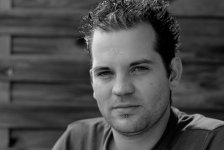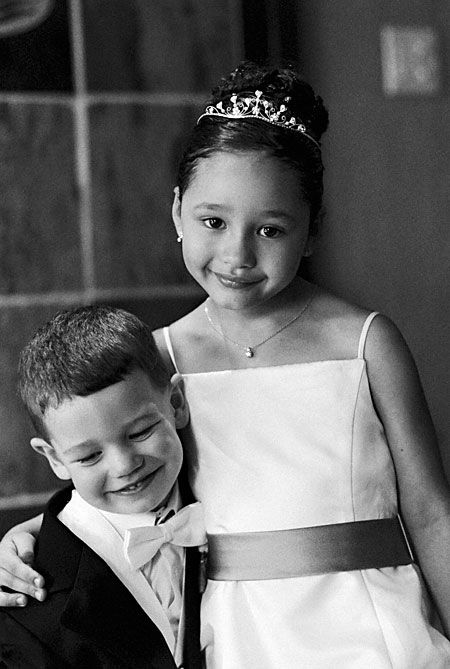hlockwood
Well-known
What is the typical workflow for B&W images with the M8? Is there a B&W mode, or does one shoot RAW (color) then convert in post?
And what is the effect of not using the IR cut filter on B&W images? Less sharpness due to chromatic aberration? Less noise due to more photons?
Harry
And what is the effect of not using the IR cut filter on B&W images? Less sharpness due to chromatic aberration? Less noise due to more photons?
Harry








